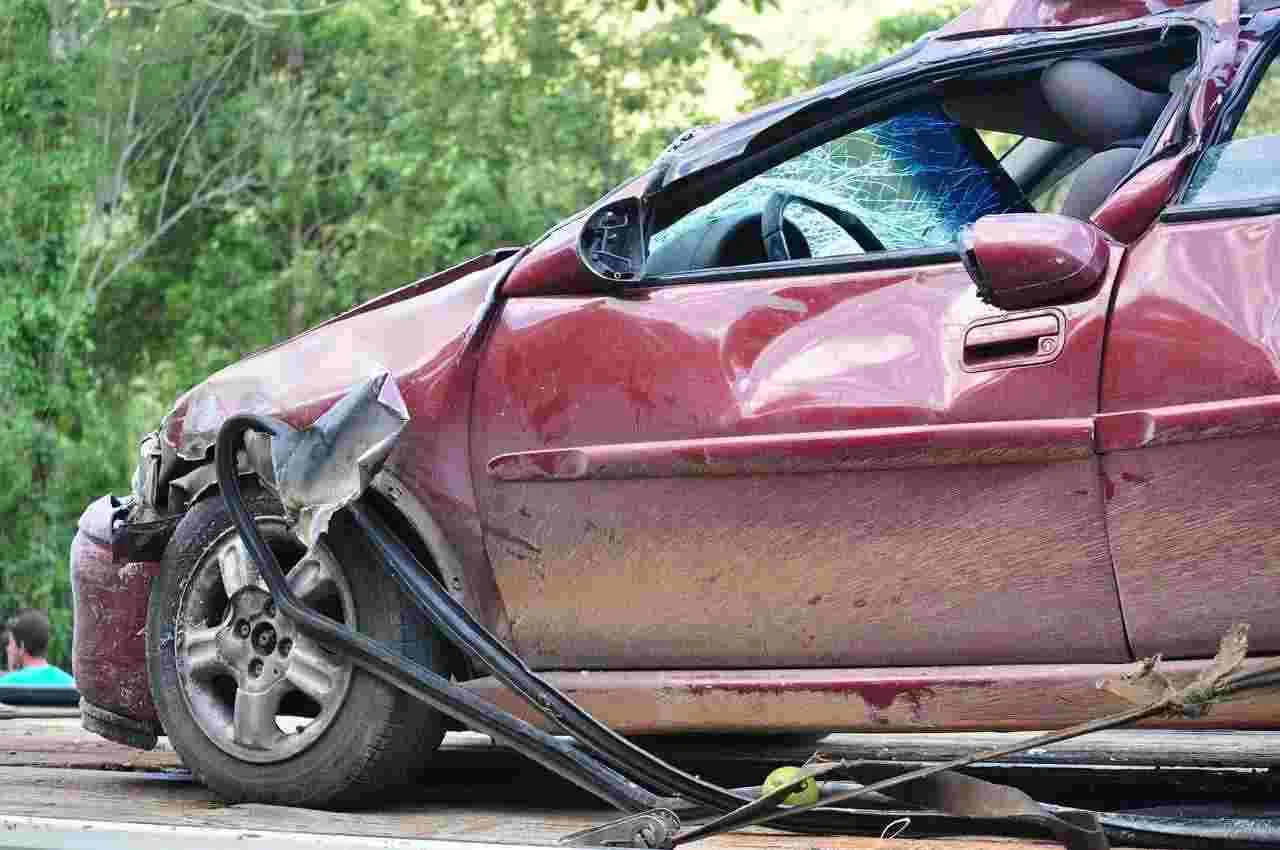From Fender Benders to Fatalities: Understanding the Spectrum of Car Accidents in Florida

Florida’s expansive roadways see a wide array of car accidents every day, ranging from simple fender benders to catastrophic incidents resulting in fatalities. Understanding this spectrum of automobile collisions is crucial for anyone navigating Florida’s roads. This blog aims to provide a comprehensive overview of the various types of car accidents you might encounter, and what each implies from a legal and insurance standpoint.
The Spectrum of Car Accidents
Fender Benders
Fender benders are minor accidents typically occurring at low speeds. They usually result in cosmetic damage and rarely cause significant injuries. However, it’s still crucial to exchange insurance information and file a police report, as minor injuries can manifest later.
Rear-End Collisions
These are common in heavy traffic or at intersections. While often not fatal, rear-end collisions can cause injuries like whiplash that may require medical attention.
Side-Impact (T-Bone) Collisions
These occur when one vehicle hits the side of another, often at intersections. They can cause serious injuries, especially for passengers sitting on the side of the impact.
Head-On Collisions
These are the most dangerous and often result in severe injuries or fatalities. They usually occur at high speeds and are often the result of impaired or distracted driving.
Multi-Car Pile-Ups
These are chain-reaction accidents involving multiple vehicles. Determining liability can be complex, given the number of parties involved.
Hit and Run
In these cases, one party leaves the scene without providing contact information. Florida law treats hit and run incidents severely, often leading to criminal charges for the fleeing party.
Legal and Insurance Implications
Florida’s No-Fault Law
Florida operates under a “No-Fault” insurance system, which means your own insurance often covers your medical bills and property damage, regardless of who is at fault. However, this changes in cases of severe injury or property damage exceeding a certain threshold.
Determining Liability
Except for fender benders and minor incidents, determining fault can become a critical aspect of resolving an accident’s consequences. This may involve eyewitness testimonies, police reports, and sometimes, legal action.
Statute of Limitations
In Florida, the statute of limitations for filing a personal injury claim after a car accident is four years from the date of the accident. However, certain conditions and exceptions can extend or reduce this timeframe.
Uninsured Motorist Coverage
If you’re involved in an accident with an uninsured motorist, or in a hit-and-run, your own Uninsured/Underinsured Motorist Coverage can help cover medical expenses and property damage.
Conclusion
Car accidents in Florida range widely in severity and implications. From minor fender benders to multi-car pile-ups, each accident type comes with its own set of legal and insurance considerations. Being aware of these can prepare you for the unfortunate event of an automobile collision, especially if you choose to file a personal injury claim.
